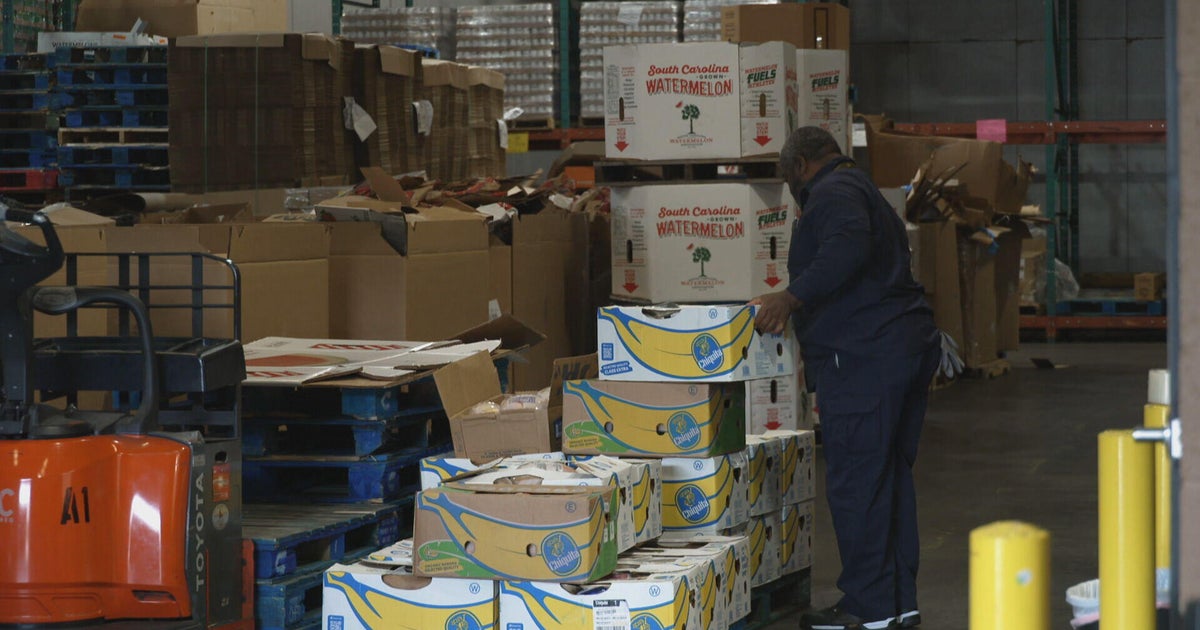Things are tight for Amanda Jones these days, especially when it comes to the margins on her grocery budget.
The retired accountant and grandmother lives on a fixed Social Security income. She says when it comes to food assistance, SNAP benefits are limited.
To fill her fridge, the 62-year-old turns to Hancock Helping Hands, a local food pantry.
“I get the elderly food stamps of $23 a month, so all the help that’s out there for me without this place is $23 a month,” Jones said.
Even with her own struggles, Jones is focused on others, loading up the car with boxes from Helping Hands and delivering them to 30 families across Hancock County — one of the poorest in Georgia.
“It seemed a shame to just come for myself if other people needed it, so I just started adding more,” Jones said.
Hancock County, Georgia, needs more people like Jones, because it has the highest rate of child food insecurity in the U.S., according to Feeding America.
But about an hour away from Hancock County, help is on the way from Golden Harvest, the region’s food bank.
“No child should go to bed hungry,” said Abby Muehlfeld, Golden Harvest’s vice president of marketing.
Golden Harvest says one out of every four children in its region is considered food insecure. In Hancock County, that number doubles. It’s why volunteers can pack up to 250 boxes that can feed 1,000 people in a single session.
This summer, people are showing up. Volunteers, many of them teenagers, are stuffing boxes of food on an assembly line.
“You always feel great when you go home, like you’re doing something for the community, like you’re really helping people out,” said Noah Knight, a high school volunteer.
It’s a well-oiled machine, but it’s under pressure, Muehlfeld said. Cuts to SNAP benefits may lead to a surge in demand at food banks like Golden Harvest. A CBS News analysis projects the latest budget cuts billions from SNAP over the next decade. Earlier this year, the U.S. Department of Agriculture also cut two federal programs that provided about $1 billion in funding to schools and food banks to buy food directly from local farms, ranchers and producers.
“We’re going to rely on donations, on the community, on grants, and trying to help fill that gap, because at the end of the day, we’re going to make sure that we do what we need to do,” Muehlfeld said.
As for Jones, her mission is simple — and sweet.
“It’s nothing big. It’s milk, it’s eggs, it’s bread. If we’re lucky, it’s cupcakes,” Jones said.


